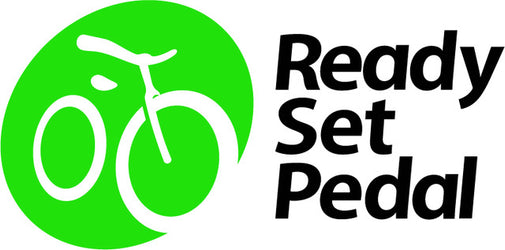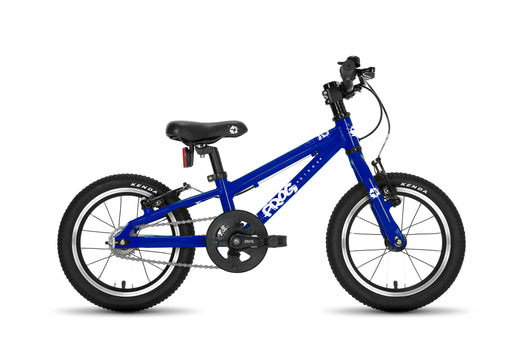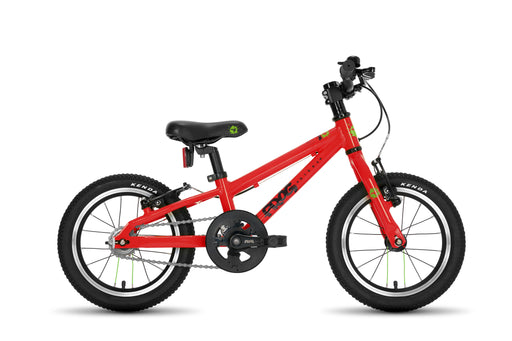-
Class 1: These bikes have a top speed of 20 miles per hour (mph) and provide motor assistance only when the rider is pedaling.
-
Class 2: These bikes also have a top speed of 20 mph, but they have a throttle that can be used to provide power without pedaling.
-
Class 3: These bikes have a top speed of 28 mph and provide motor assistance only when the rider is pedaling.
The different classes of electric bikes are regulated differently by state and local governments. In some areas, Class 2 and Class 3 bikes are considered motor vehicles and may require registration, insurance, and a driver's license to operate.
Electric bikes are classified into three classes based on their top speed and the amount of motor assistance they provide.
- Class 1: These bikes have a top speed of 20 miles per hour (mph) and provide motor assistance only when the rider is pedaling.
- Class 2: These bikes also have a top speed of 20 mph, but they have a throttle that can be used to provide power without pedaling.
- Class 3: These bikes have a top speed of 28 mph and provide motor assistance only when the rider is pedaling.
The different classes of electric bikes are regulated differently by state and local governments. In some areas, Class 2 and Class 3 bikes are considered motor vehicles and may require registration, insurance, and a driver's license to operate.
Here is a table that summarizes the key differences between the three classes of electric bikes:
| Class | Top speed | Motor assistance | Regulation |
|---|---|---|---|
| Class 1 | 20 mph | Pedal-assist only | No registration or insurance required in most areas |
| Class 2 | 20 mph | Throttle and pedal-assist | May require registration, insurance, and a driver's license in some areas |
| Class 3 | 28 mph | Pedal-assist only | May require registration, insurance, and a driver's license in some areas |
When choosing an electric bike, it is important to consider the different classes and their regulations to make sure you are choosing a bike that is legal to operate in your area. To make sure you select an electric bike that is allowed to function in your area, it is crucial to take into account the various classes and their rules while making your decision. When selecting a bike, you should also take into account your individual requirements and preferences. A Class 1 bike can be a suitable choice if you're looking for a bike for errands or commuting. A Class 3 bike can be a better choice if you're looking for a bike for leisure or fitness.
Here are some additional things to consider when choosing an electric bike:
- Power: The motor power of an electric bike is measured in watts. The higher the wattage, the more powerful the motor and the faster the bike can go.
- Battery: The battery life of an electric bike is measured in miles. The longer the battery life, the farther you can ride on a single charge.
- Weight: Electric bikes can be heavy, so it is important to choose a bike that is lightweight enough for you to easily carry.
- Frame: The frame of an electric bike is made of either aluminum or steel. Aluminum frames are lighter, but steel frames are more durable.
- Suspension: Electric bikes can come with either front suspension, rear suspension, or both. Suspension helps to absorb bumps in the road and make for a more comfortable ride.
- Price: Electric bikes can range in price from a few hundred dollars to a few thousand dollars. The price of an electric bike will depend on the features and quality of the bike.











